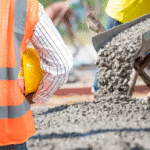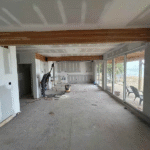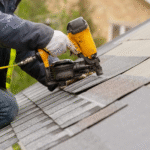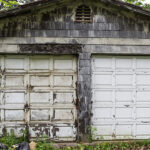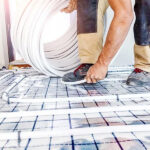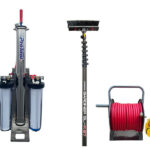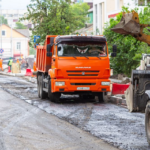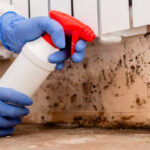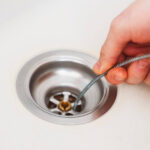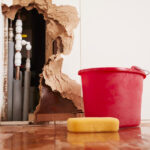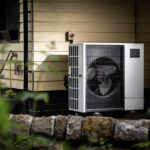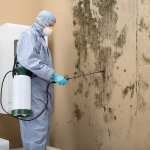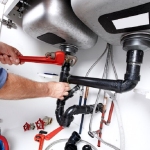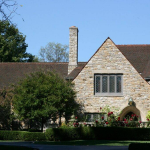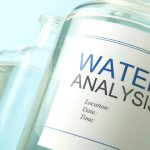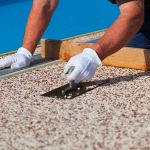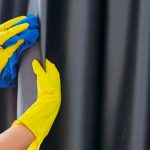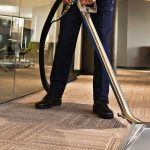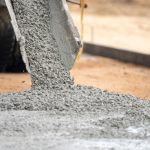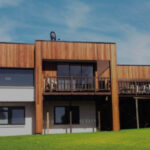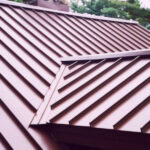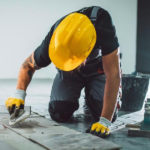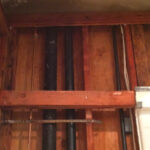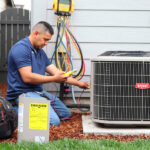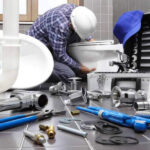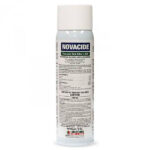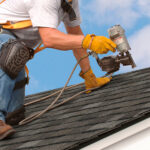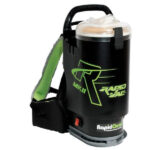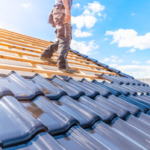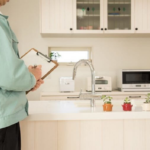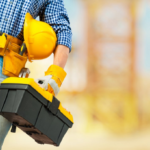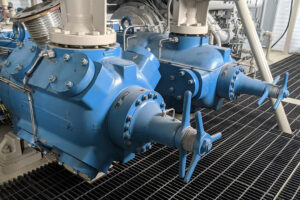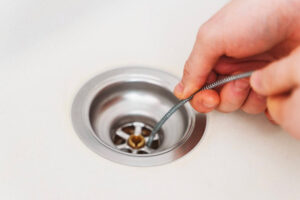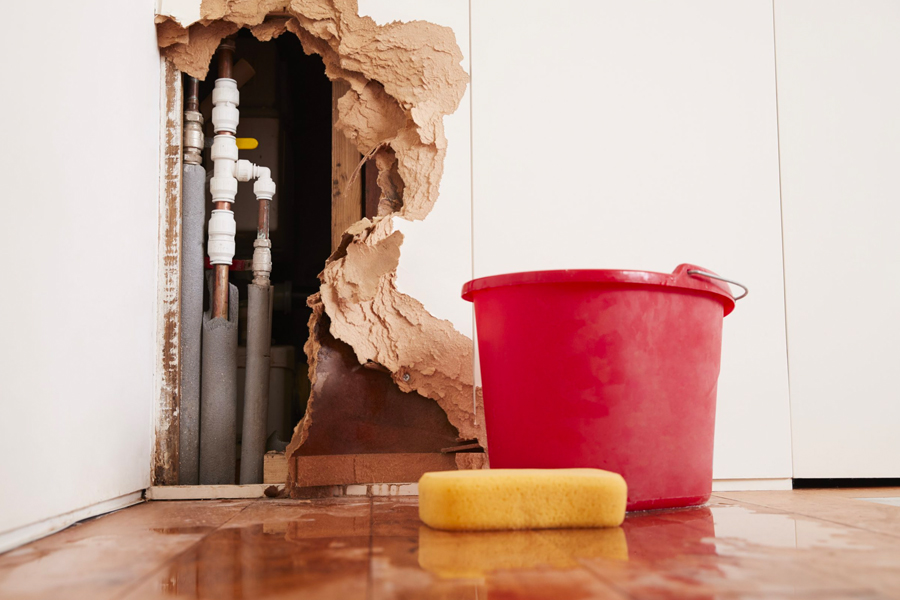
In water damage restoration, dehumidification is a crucial step that helps remove excess moisture from the air and affected materials. Excess moisture can lead to mold and mildew growth, structural damage, and health hazards. Dehumidification plays a vital role in restoring the affected area to its pre-damage condition by ensuring thorough drying and preventing further issues.
By reducing the humidity levels, dehumidifiers extract moisture from the air, accelerate the drying process, and create a healthier and more stable environment. This step is essential in preventing secondary damage, such as mold growth and structural deterioration, which can occur if moisture is left unchecked.
Factors Affecting the Dehumidification Process
Several factors can affect the efficiency and effectiveness of the dehumidification process in water damage restoration. These factors include:
- The severity and extent of the water damage
- The ambient temperature and humidity levels
- The type of affected materials
- The presence of hidden moisture or difficult-to-reach areas
It is crucial for restoration professionals to assess these factors to determine the appropriate dehumidification strategy and equipment needed for the task.
The Role of Dehumidifiers in Water Damage Restoration
Dehumidifiers are essential tools in the water damage restoration process. They work by pulling in moist air, removing the moisture, and then expelling dry air back into the environment. There are different types of dehumidifiers used in restoration, each with its own functionality and capacity.
Types of Dehumidifiers used in Restoration
There are two main types of dehumidifiers commonly used in water damage restoration:
1. Refrigerant Dehumidifiers:
These dehumidifiers cool the air, condensing the moisture, and collecting it in a reservoir. They then release the dry air back into the space.
2. Desiccant Dehumidifiers:
This type of dehumidifier uses a desiccant material to extract moisture from the air. The moisture is absorbed by the desiccant, and then the desiccant is heated to release the moisture and dry it out.
The choice of dehumidifier depends on various factors, including the size and scope of the water damage, the ambient conditions, and the type of materials affected.
Choosing the Right Dehumidifier for the Job
Selecting the appropriate dehumidifier for a water damage restoration project is crucial for achieving optimal results. Factors to consider when choosing a dehumidifier include:
- The size and square footage of the affected space
- The severity of water damage
- The humidity level and ambient temperature
- The type of materials affected
By considering these factors, restoration professionals can determine the right dehumidifier that can effectively remove moisture from the air and accelerate the drying process.
Dehumidification Techniques and Best Practices
Drying Out Structural Materials
In water damage restoration, it is crucial to thoroughly dry out structural materials to prevent further damage and the growth of mold and mildew. This involves strategically placing dehumidifiers and other drying equipment to target the affected areas.
Professionals use air movers (fans) to promote air circulation and speed up drying. Additionally, they may employ specialized techniques like injecting dry air directly into wall cavities or using heat to aid in the drying process. By implementing these techniques in conjunction with dehumidifiers, restoration experts can effectively remove moisture from structural materials.
Preventing Mold and Mildew Growth
Mold and mildew can rapidly develop in moist environments, posing health risks and further damaging the affected area. Dehumidification plays a crucial role in preventing mold and mildew growth by reducing the humidity levels below the threshold required for their proliferation.
By maintaining humidity levels below 60{213e8d78368cf079ce3d662ad9fef66b49c44b3c39bcfba2019432d16e9e0aaa}, restoration professionals can effectively inhibit the growth of mold and mildew, ensuring a safe and healthy environment for occupants.
Ensuring Proper Ventilation
Proper ventilation is essential during the dehumidification process. It helps circulate the air, remove excess moisture, and expedite the drying process. Restoration professionals ensure that there is proper airflow, using fans or open windows when appropriate to facilitate moisture removal.
Common Challenges and Solutions in Dehumidification
High Humidity Levels
High humidity levels can pose a challenge in the dehumidification process. In such cases, restoration professionals may employ additional dehumidifiers or strategically adjust the placement of existing ones to optimize drying.
Sealing off the affected area and using plastic sheeting can also help create a controlled drying environment, minimizing the ingress of humid air from outside.
Large Volume Water Damage
When dealing with large volume water damage, it is essential to assess the extent of the damage and strategically place multiple dehumidifiers to cover the affected area adequately. Restoration professionals may also employ commercial-grade dehumidifiers with higher moisture removal capacities to expedite the drying process.
Hidden Moisture and Difficult-to-Reach Areas
Identifying hidden moisture and addressing difficult-to-reach areas is vital to ensure thorough drying. Restoration professionals may use moisture meters and infrared cameras to detect hidden moisture and implement targeted drying strategies for these areas.
Creating access points and utilizing specialized drying equipment, such as injectidry systems, can help dry out difficult-to-reach spaces effectively.
The Importance of Monitoring and Testing
Using Moisture Meters and Hygrometers
Monitoring the progress of the dehumidification process is crucial to ensure optimal drying. Restoration professionals use moisture meters and hygrometers to measure moisture levels in materials and the ambient environment.
Moisture meters help assess the moisture content of structural materials, while hygrometers measure relative humidity in the air. By regularly monitoring these readings, professionals can make adjustments to the dehumidification process as needed.
Monitoring Progress and Adjusting Dehumidification Process
As the drying process progresses, it is essential to monitor the drying rate and adjust the dehumidification process accordingly. Restoration professionals may reposition dehumidifiers, modify ventilation, or add or remove drying equipment to optimize drying efficiency.
Regular monitoring ensures that the drying goals are being met and allows for any necessary adjustments to achieve the desired results.
The Role of Professionals in Dehumidification
Training and Expertise
Dehumidification in water damage restoration requires specialized knowledge and expertise. Restoration professionals undergo training to understand the science of drying and the best practices in using dehumidification equipment.
They are familiar with the different types of dehumidifiers, their capacities, and how to deploy them effectively in various scenarios. Their expertise ensures that the dehumidification process is carried out efficiently and achieves optimal results.
Advanced Techniques and Equipment
Professionals in water damage restoration have access to advanced techniques and equipment that are essential in efficient dehumidification. They utilize the latest technology and tools, such as moisture meters, hygrometers, and injectidry systems, to accurately assess moisture levels, monitor progress, and apply targeted drying strategies.
By using these advanced techniques and equipment, professionals can optimize the dehumidification process and ensure thorough drying.
Compliance with Industry Standards
Professional restoration companies adhere to industry standards and guidelines in water damage restoration. They follow established protocols to ensure that the dehumidification process is carried out safely and effectively.
By complying with industry standards, professionals guarantee that the dehumidification process meets the necessary requirements and provides customers with high-quality results.
Conclusion
Dehumidification is an essential step in water damage restoration. Removing excess moisture from the air and affected materials not only accelerates the drying process but also prevents mold and mildew growth and further damage. By understanding the importance of dehumidification, considering factors that affect the process, and implementing best practices, restoration professionals can successfully restore the affected area to its pre-damage condition. With the expertise, advanced techniques, and industry compliance of professionals, the dehumidification process is carried out efficiently, ensuring effective drying and minimizing the risk of future issues.
Publisher Details:
Save The Day Restoration
2424 Gundry Ave, Signal Hill, CA 90755, United States
info@savethedayrestoration.com
Dehumidification is vital in water damage restoration, preventing mold and structural issues. Professionals use advanced techniques and equipment, ensuring efficient drying and compliance with industry standards. Understanding factors like humidity levels and employing proper monitoring guarantees optimal results, restoring the affected area effectively. Trust Save The Day Restoration for professional water damage restoration in Signal Hill, CA.
Read their blog on Understanding Water Damage Restoration: What It Is And Why It Matters



